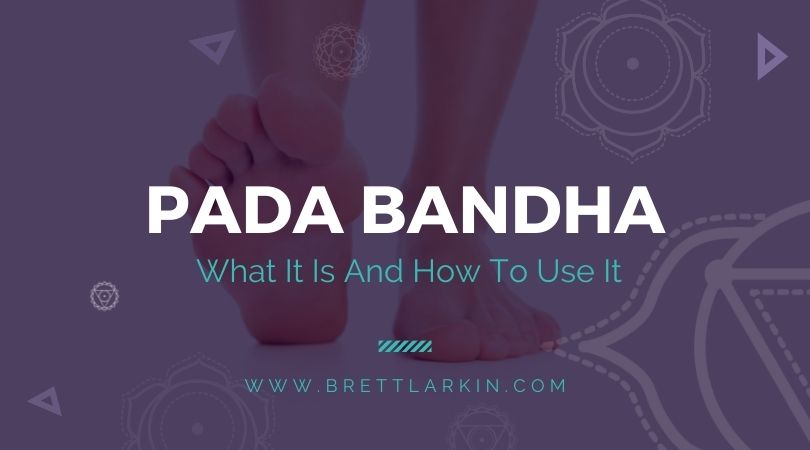
Have you ever thought of your feet as a way to take in your surroundings? They’re like your ears, but for the ground.
Just like headphones make it harder to hear and respond to what’s happening around you, shoes do a similar thing for your feet with their potential to sense and send messages to the rest of the body.
Why is this important?
Because that relationship between our feet and the ground below us is how the rest of our body learns how to hold us up, and move around. A lot of this has to do with maintaining healthy arches in our feet, which is why you might want to make pada bandha or the foot lock a part of your asana practice.
What is Pada Bandha?
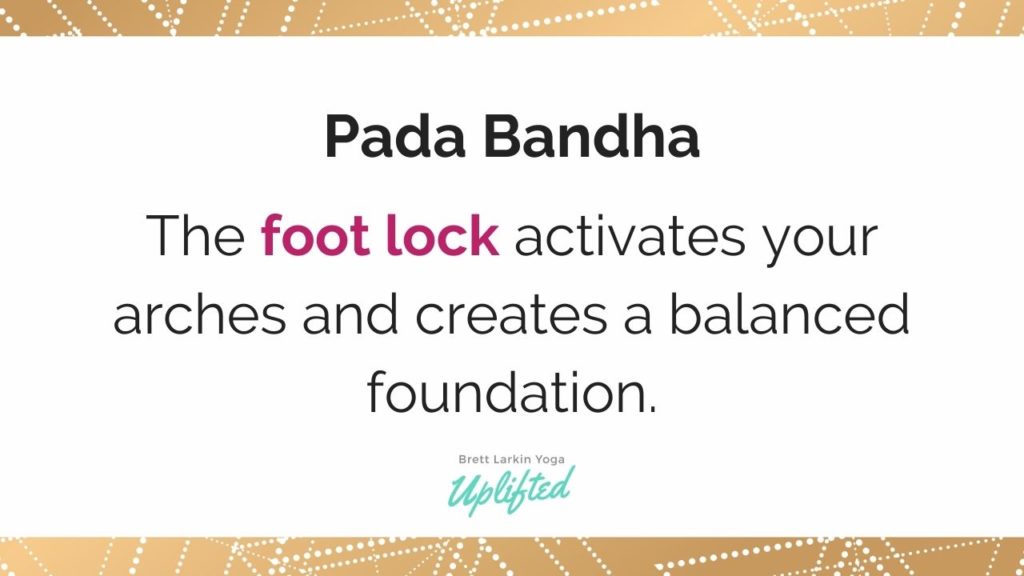
In Hatha Yoga, there are three major bandhas:
1. Mula bandha: the root lock
2. Uddiyana bandha: the abdominal lock
3. Jalandhara bandha: the chin lock
In addition, there are two minor locks: pada bandha (the foot lock) and hasta bandha (the hand lock). Altogether, the bandhas help us gain control of our energy system.
Engaging our pelvic floor (mula bandha) can help release as well as prevent tightness and/or lower back pain. Engaging our abdominal muscles (uddiyana bandha) increases the efficiency of our diaphragm, which then allows the energy to travel further upward through our central channel (Sushumna Nadi). By engaging the throat lock (jalandhara bandha), we stimulate our thyroid, which plays a major role in balancing out the regulation of our hormones, which supports an efficient metabolism.
When engaging all of these three major bandhas together you also get an additional bandha: maha bandha (great lock).
Particularly through pada bandha we draw energy from the ground up. We create a solid foundation to find balance while rooting to the earth beneath. If you’ve ever been instructed to “root to rise” in yoga class, then you know what this feels like!
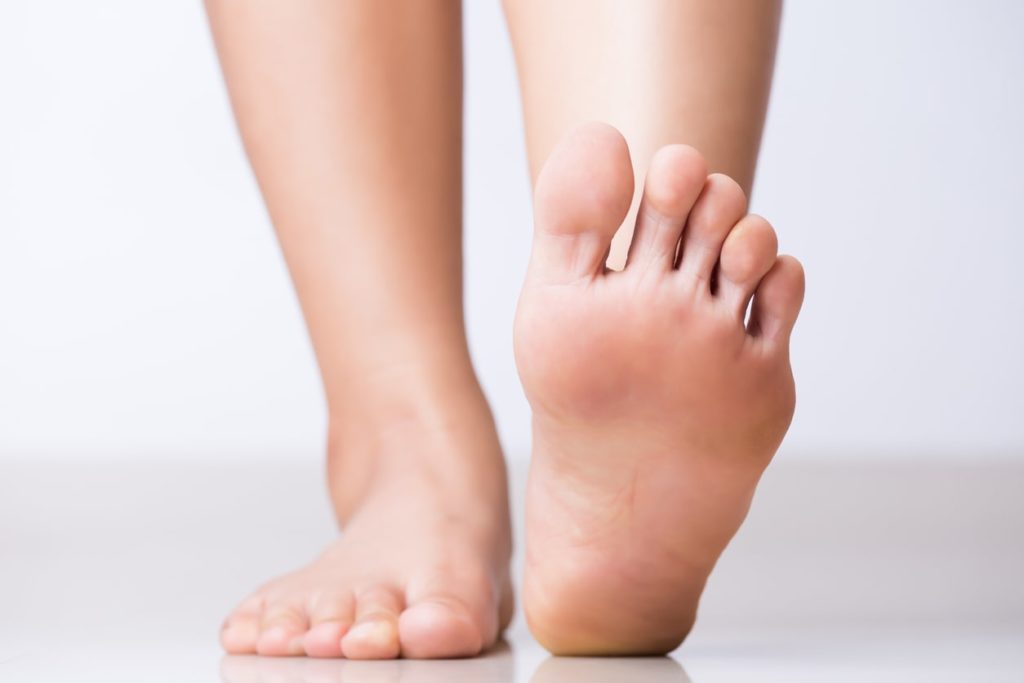
Many yogis often overlook pada bandha in their yoga practice, but it’s totally undervalued. We often treat our feet as one big bone or muscle, but actually it’s made up of a complex design containing 26 bones and 20 muscles wrapped in supportive tissue! And the way we use our feet impacts the whole rest of our body from ankle support to spinal structure.
In yoga, we usually practice barefoot to engage all of these components correctly. Not doing so and muffling up our feet with shoes (as we do with our ears when putting on headphones), can put a damper on your yoga practice and can even lead to injury.
The way we engage our legs in pada bandha has a direct impact on the pelvic floor, which is linked to our abdominal muscles. So by activating pada bandha you might find it easier to engage mula bandha and sometimes even uddiyana bandha.
Pada Bandha Meaning
Pada Bandha is a Sanskrit term which is often translated to “Foot Lock.” Pada means “foot” and bandha means “to lock”, “closure”, or “seal.” In Yoga we practice locking or sealing in prana (life force) so that it can flow through the body to balance and energize our internal organs and systems.
The Anatomical Pada Bandha
In yoga practice, we often build on postures from the ground up with a stable foundation starting at our feet. We do this by energetically lifting the arches using our muscles in the inner and outer legs. The aim is to evenly distribute your body weight between the inner edge and outer edge of the foot.
When we have a good foot foundation, all four corners of the foot are actively supporting the stance: the big toe mound, the little toe mound, inner heel, and outer heel.
Your tibialis anterior is a big deal here. This muscle is located along the outer edge of your shinbone, then runs across to the inner front shin just above your ankle bone, and attaches near the big toe mound. Engaging the tibialis anterior creates a lift of your inner arch towards your outer shin all the way up to the knee, inner thigh, and eventually leads into the pelvic floor (our root lock mula bandha).
Basically, if we can focus on creating proper alignment in each foot, it benefits the entire lower part of the body including knees, hips, and spine.
The Subtle Pada Bandha
Besides providing great physical benefits, pada bandha has a much deeper impact. The grounding exercises we do while engaging this bandha let us focus on deeper parts of ourselves. We bring our awareness from our physical body (annamaya kosha) inwards to our energy body (pranamaya kosha).
As with all of the bandhas, pada bandha supports the flow of prana (life force/energy) through the central channel (Sushumna Nadi). In Yoga there are five different ways in which prana can flow. These are known as vayus or “winds.” Pada Bandha allows us to direct prana from our feet upwards (through prana vayu) .
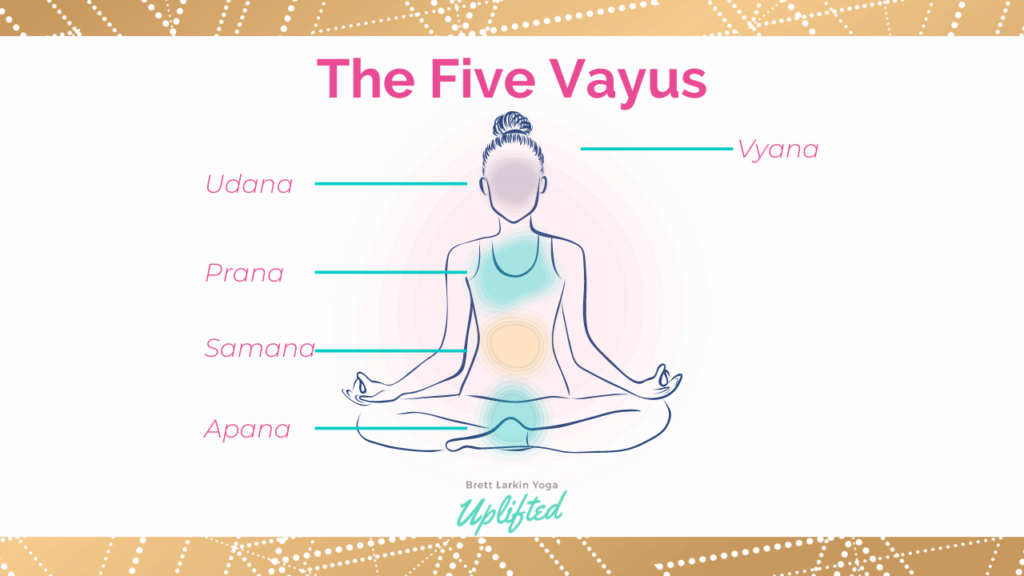
Why Practice Pada Bandha
Proper alignment of the foot is crucial to keep us safe in Yoga postures, especially, standing postures. The foot lock recruits our leg muscles to support our lower body, just like we recruit our arm muscles in hasta bandha to create stability in our upper body.
The special part about the pada bandha is we find stability from the ground up, which makes any posture more stable and safe.
If you need more convincing, here’s a bit more info on the benefits of practicing pada bandha.
Prevent injury
Engaging pada bandha not only helps to create strong and high arches in our feet, but also provides immense support for healthy knees, hips, and lower back.
Why?
When we actively lift the arches, we learn to align the joints in our legs and pelvis in a healthy manner. Pada bandha creates the foundation to build on — not just in your usual standing poses like Warrior poses or Forward Bends, but any asana. Even inversions! Try your favourite inversion with and without activating pada bandha and you will soon know the difference.
Invite comfort into your practice
Even though bandhas are often translated as locks, they aren’t meant to be particularly restraining or uncomfortable. Instead energy is fastened and runs smoothly through the body.
As Patanjali mentions in the Eight Limbs of Yoga, one of the two qualities of asana is sukha (ease, lightness, free of suffering). Think of it as creating softness or gentleness in your yoga poses. Just like you would contract your pelvic floor during mula bandha gently, same goes for pada bandha when pressing your heels and toes down — you should still get that feeling of lightness and an upward lift.
Improve joint health
Through pada bandha we learn to distribute our weight evenly and engage muscles in our lower body. This enables us to lift out of our joints and maintain an optimal alignment. As a result, our joints can work a little better with the rest of our body.
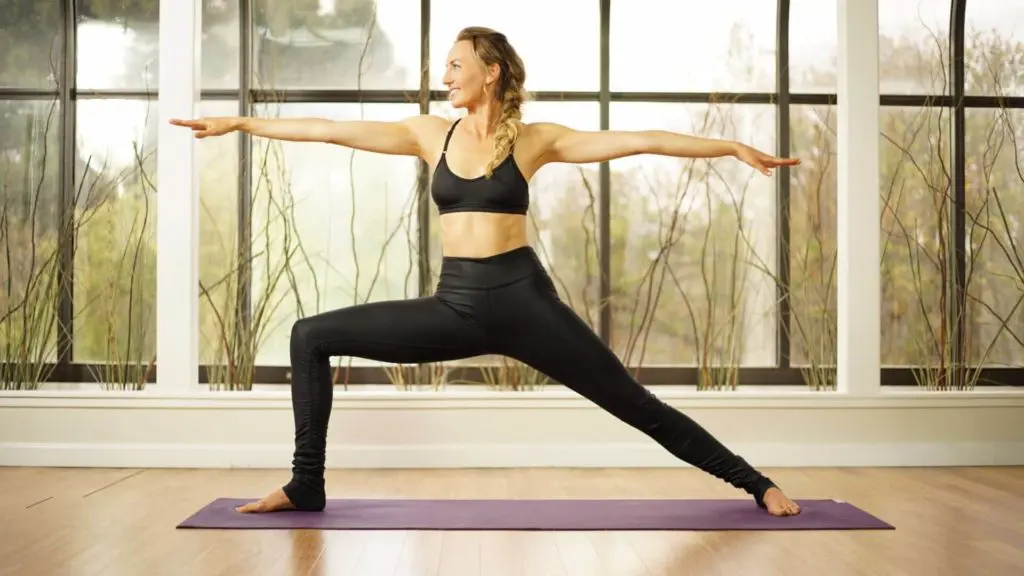
How To Activate Your Arches
One of the easier poses to practice this bandha is tadasana (mountain pose). Follow these steps below making sure that whatever you do feels good in your body and your breath is steady:
- Stand with your feet parallel to one another and about hip-width distance apart. Allow your arms to rest by your sides and let your breath soften.
- Press your heels down into your mat.
- At the same time spread your toes out and down into your mat. Maintain a smooth, steady breath.
- In order to find an even weight distribution between all four corners of your feet, explore rocking forward into your toes and back into your heels; then from the outer edges to the inner edges. Do this until you find your balance or center point.
- Start to bend your knees gently, then press your feet into your mat and re-straighten your legs while you lift the inner seam of your legs – right from your inner ankles all the way up to the inner thighs. Tilt your pelvis so that your tailbone can drop slightly and the rest of your spine lengthens upwards.
- Engage the front of your thighs to create a lifting of your knees upwards, allowing your pelvic floor to engage.
- Feel the energy flow through the center of the inner arches and rise up more with each inhale.
Healthy, Happy Feet Off The Mat
Putting our feet into the wrong shoes – especially high heels, flat sneakers, or tight fitting ones – is one of the main causes for creating a flat foot (also known as fallen arches, i.e. when your arch becomes weak and the foot loses its ability to support the rest of the body properly). Not enough exercise as well as injuries, obesity, and arthritis can contribute to this condition, too.
Simple exercises like standing in tadasana can help awaken the feet again and train the arches to become stronger. Other things you can try include:
- rolling your feet across a tennis ball to release tightness
- do heel and toe raises to build strength in your calf muscles and across your metatarsals
- scrunch a towel or piece of clothing with your toes to retrain movement patterns in your feet
- consult a doctor to help support you with orthotic devices if needed
You might also want to walk barefoot whenever you can. Our feet weren’t meant to be put into shoes. In fact, the foot is the only body part that is meant to have a direct relationship with the ground below us.
Walking barefoot will help your feet to support the many proprioceptors it contains and use their full potential in moving your body in space.
Pada Bandha Contraindications
If you spend most of your days with your feet tucked into shoes, take it slow. The best and safest way to introduce pada bandha to your body is by walking barefoot inside on a safe surface. Give your feet time to adjust to this “new” feeling and be aware of tightness, pain, or any other sensation. Your feet might take a little while to regain their proprioception.
If you had a recent injury, your muscles and bones might need some additional strengthening to support you in pada bandha. For example, when suffering from plantar fasciitis, heel spur, or neuroma, engaging pada bandha might cause pain. If you have any of these conditions, you might not want to start off doing these exercises barefoot and it’s even more important to have supportive footwear. You might also benefit from sitting on a chair while practicing proper alignment with your feet.
Experience 3 Training Videos from Inside My 200-Hour Online YTT

Find more yoga sequences by benefit.
YOU MIGHT ALSO LIKE
- How to Teach Somatic Yoga: A Practical Guide for Instructors
- The Best Somatic Exercises for Grief: Find Healing Through Movement
- The Best Somatic Exercises for Anger Management and Emotional Release
- Authentic Pathways: Connecting With Higher Self for Inner Peace
- Yoga to Reconnect with Yourself: 5 Essential Practices for Inner Peace
- Yoga for Connection: 10 Poses to Deepen Relationships and Bonding
- Yoga To Connect With Your Body For Mind-Body Harmony
- Yoga to Connect with Feminine Energy: 5 Transformative Practices
- Yoga to Connect with Your Heart: 3 Poses for Emotional Balance
- Myofascial Release Yoga: Unlock Tension and Improve Flexibility
- 6 Hip Openers For Emotional Release
- Office Yoga: 10 Poses You Can Do Right Now
- Ayurveda Food Combining: The Key to Balanced Digestion
- Yoga For Grief: 8 Yoga Poses For Support
- Yoga for Vata Dosha: Practice Poses and Tips
Learn how to do 11 of the most popular yoga poses correctly. Free video + PDF download.









